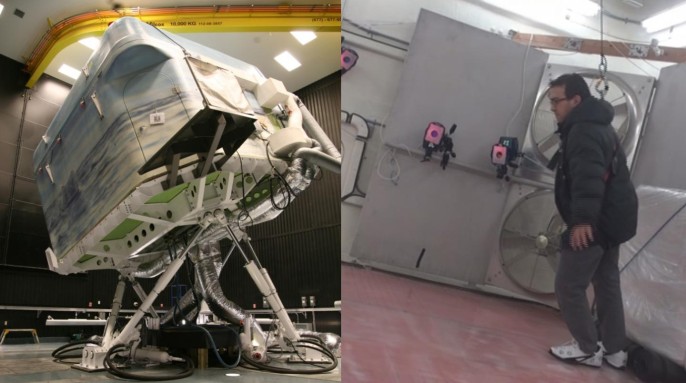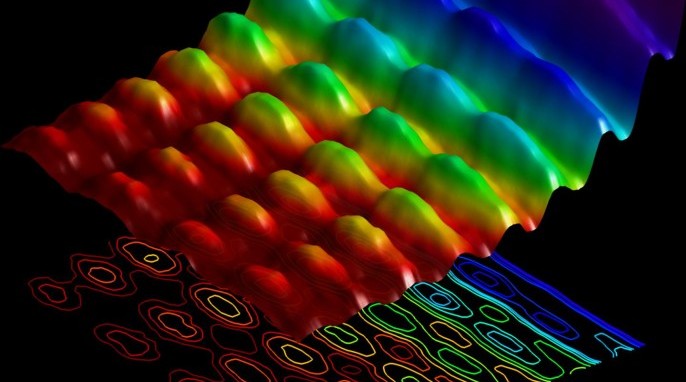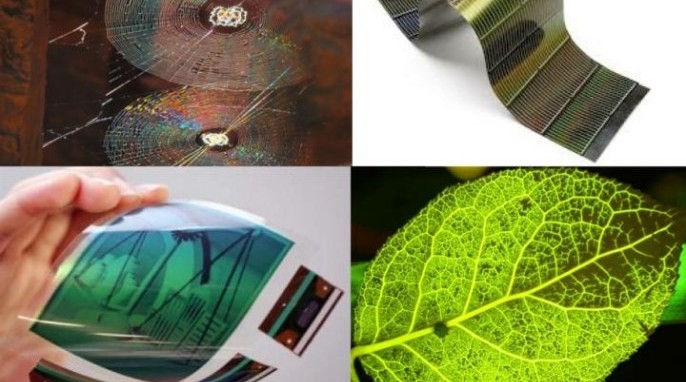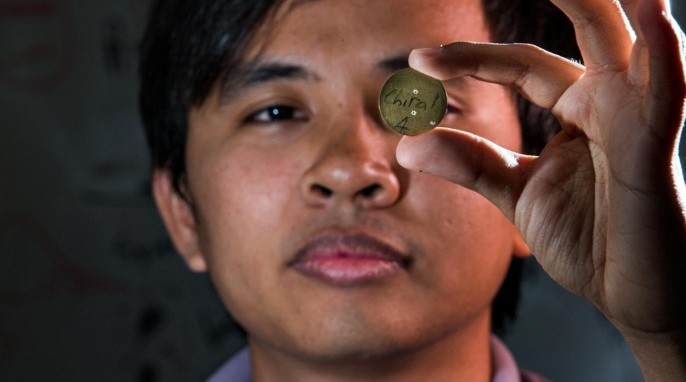Winter Hack: New Rubber Grips Icy Surfaces
Winter storms dumped record amounts of snow on the East Coast and other regions of the United States this year, forcing many people to navigate icy sidewalks and roads. However, treacherous travel by foot may soon be a thing of the past thanks to a team of researchers from the Toronto Rehabilitation Institute and the University of Toronto, Canada, who are working on a new rubber sole to help pedestrians get a better grip on slippery surfaces. The material is made up of glass fibers embedded in rubber, and it…
Read More






